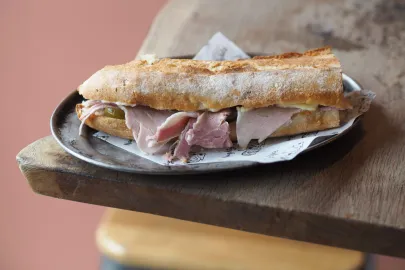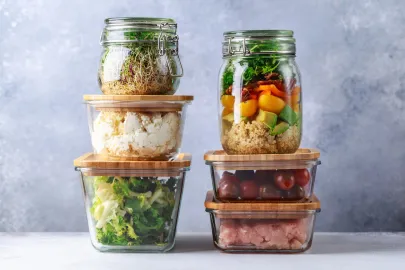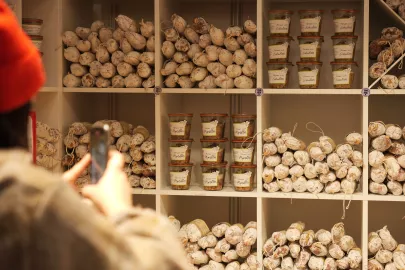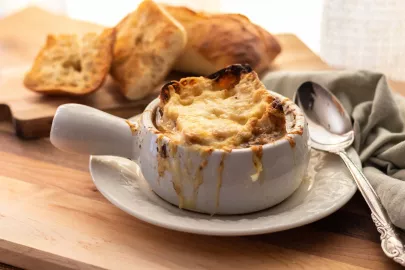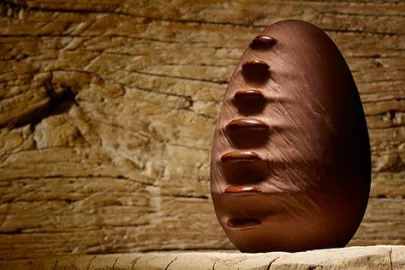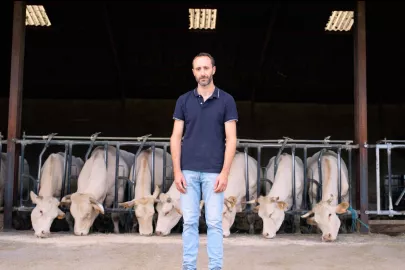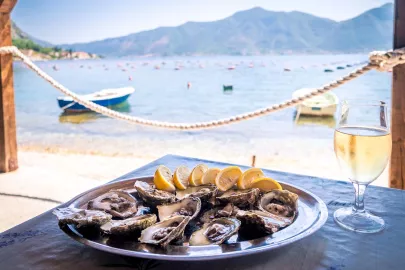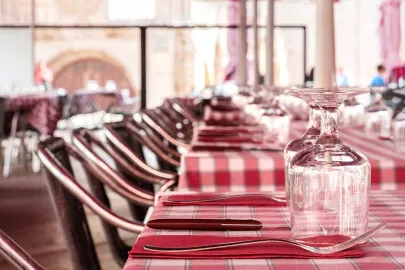Meat consumption varies widely throughout the world depending on the specific country and culture. France, which has traditionally been a country of meat-lovers, is now seeing a decrease in overall levels of meat consumption in favor of better sourced options and new consumption methods.
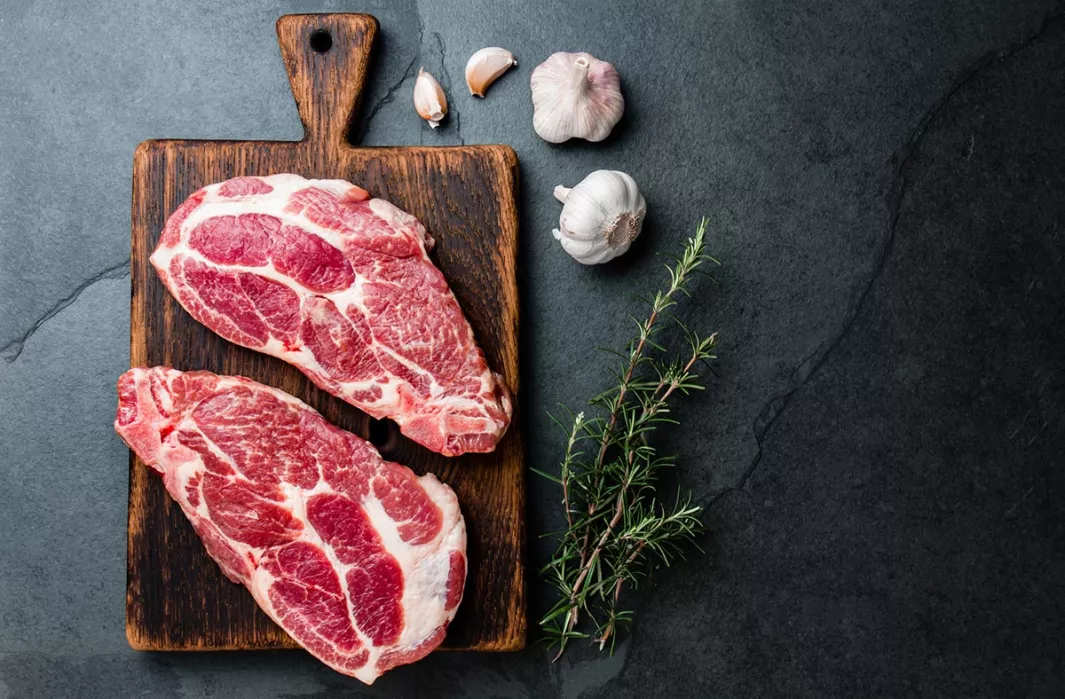
While industrial countries have always been among the world's top meat consumers, meat consumption has nevertheless started to decline in the past few years. This is due to the emergence of new dietary habits, such as vegetarianism and flexitarianism, and a growing awareness of the impact of livestock on the planet. While meat has long served as the centerpiece of the plate and the main ingredient in many iconic French dishes, such as coq au vin or bœuf bourguignon, vegetables have started to steal the show in France over the past few years thanks to the work of chefs. Nevertheless, the French continue to enjoy a nice cut from the butcher or an array of charcuterie—two artisanal professions that are still going strong in France.
A number of regions have a long history of raising livestock, whether salt meadow lamb in the Bay of Somme or Mont-Saint-Michel, noir de Bigorre pig in the southwest, Charolais cattle in Burgundy, or the famous Bresse chicken in the east. Over a hundred livestock breeds are protected by PGI or PDO status. Label Rouge certification indicates a meat's superior taste. The label entails strict production criteria that cover everything from the animals' feed to where they are raised. These criteria also apply to the entire chain, including ranchers, processors, distributors, and more. The Agriculture Biologique (organic farming) label is awarded to items that are produced using techniques that respect both the environment and farmers' autonomy. Unlike other countries, France does not yet have a label that ensures an animal's welfare. Eighty percent of the meat consumed in France is raised using intensive farming practices.
A passion for meat
Still, consumers have learned to opt for top cuts and discover better ways to enjoy them. For proof, look no further than the popularity of aged meats, which are made using a long maturation process ranging from 15 to 70 days that refines its taste and texture. The butcher Simon Bricard and the chef Benjamin Darnaud joined forces to create "Viande et Chef" in Paris. This hybrid store is dedicated to returning meat to its former glory. They work with whole carcasses sourced from French producers who look after both the environment and the animal's well-being. This allows them to offer exceptional products, such as veal bacon with sage and beef gravlax. What's even better is that they also share their passion with their clients through workshops on sausages and introductory butchery. Better knowledge means better choices.
Contributor
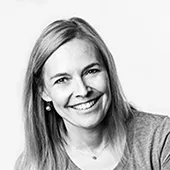
Editor

